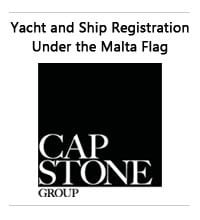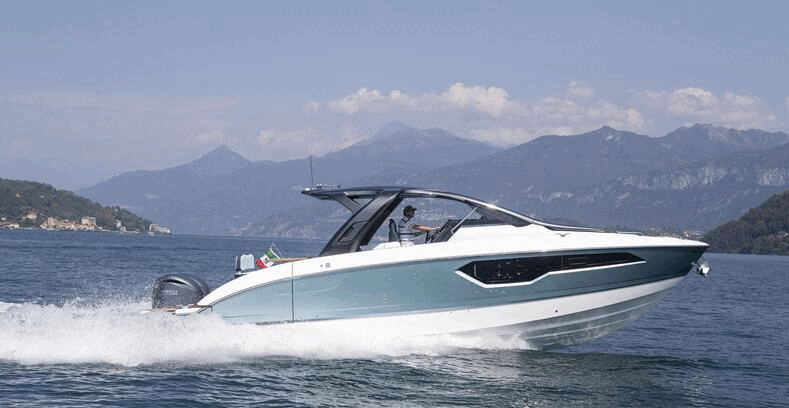Bayliss Boatworks is proud to deliver B15, 80 titled by her owner Dream Time, the largest completed sportfishing hull the company has delivered to date. All Bayliss hulls are built custom from the keel up, and are triple-plank cold-molded using epoxy resin. Bulkheads, cabins and bridges are built with Okoume plywood and Core-Cell A500 foam, designed to be lightweight, while still delivering maximum strength. Her bridge layout is nothing short of impressive. At the helm, there are four monitors and an actuated drop down radio box. Moving forward, the bridge has the capacity to seat twelve adults, and contains four refrigerator freezer compartments, all concealed into flybridge cabinetry. A collaborative effort finished off the bridge details; tower from Palm Beach Towers, bridge enclosure by Costa Clear, electronics from IMS American and custom upholstery from C-Worthy. In the cockpit, once again there are four freezers refrigerators, giving the boat a total of eight exterior boxes. There is also a huge in-depth fish box, which makes the overall storage capacity surprisingly large even for a Super Sportfish this size. Additionally, there’s a cockpit grill station, tackle storage, lower mezzanine bait station with adjustable trays, cockpit air-conditioning and air-actuated TV monitor. The wood for her teak aft bulkhead, mezzanine and transom were obtained from two single boards, providing perfect grain and color match. Her toe rail and cover boards came from handpicked old growth teak. But her striking exterior teak is just a prelude for what’s inside. Everything inside; the cabinets, bunks, sofas, showers, doors, trim, etc. was crafted in the Bayliss Interior Carpentry shop. As always the veneers were derived from a single teak log. The salon galley has two levels, with a day head port side aft and a large L-shaped sofa with a convertible coffee table and additional dinette table as the centerpiece. Two barrel chairs, with an air-actuated bar storage compartment located between them, sit just in front of the TV. In the galley, there is an L-shaped dinette accented by a Kent Ullberg bronze sculpture, and opposite in the U-shaped galley there are three custom bar stools. Additional galley features include an induction cooktop, speed oven, icemaker, trash compactor, and three Sub-Zero refrigerators. A spacious portside walk-in pantry accommodates a wine refrigerator, A/V equipment and overflow storage area that support the crew and their guests all behind custom teak cabinetry. A starboard side electrical closet houses a floor to ceiling control panel. Following the curved companionway forward, there are two guest VIPs port and starboard and the master stateroom forward. As you face aft, there are two steps down to crew’s area with a double bunk room to port, head in center and captain’s stateroom starboard. There are quite a few air-actuated elements in each of the staterooms, including TVs, a gun locker, and two Pullman bunks. The stereo systems can be controlled by iPhone. Access to the pump and engine room is available through a custom watertight door located in the captain’s stateroom. Mechanical features include a 12-zone chilled water air-conditioning system, a water maker with provision to process dockside water, a redundant raw pump system, two shore power converters, Brownie’s dive compressor, heavy duty commercial refrigeration compressors, tool storage drawers, two icemakers, two 2600hp MTU main engines, two 38 kw Northern Lights generators, and an air-conditioned pump room. Although it’s all hidden, Bayliss 80 B15 maintains a well-stocked tackle shop worth of fishing gear. Rod and reel storage is cleverly concealed in weather tight secure locations from bridge to captain’s quarters.
Technical Data:
Technical Data:
LOA - 24.3 m (80ft)
Beam - 6.47 m
Draft - 1.72
Displacement - 54431 kg
Fuel Capacity - 12113 l
Water Capacity - 1703 l
Accommodation - 10 guests in 5 cabins
Engines - 2 x MTU m94 2600hp
Propulsion - line shaft
Speed - 34 knots cruise
Construction - jig way cold moulding; wood fiberglass epoxy resin. Core cell sandwich for upper structure.
Project - Robert Ullberg





















No comments:
Post a Comment